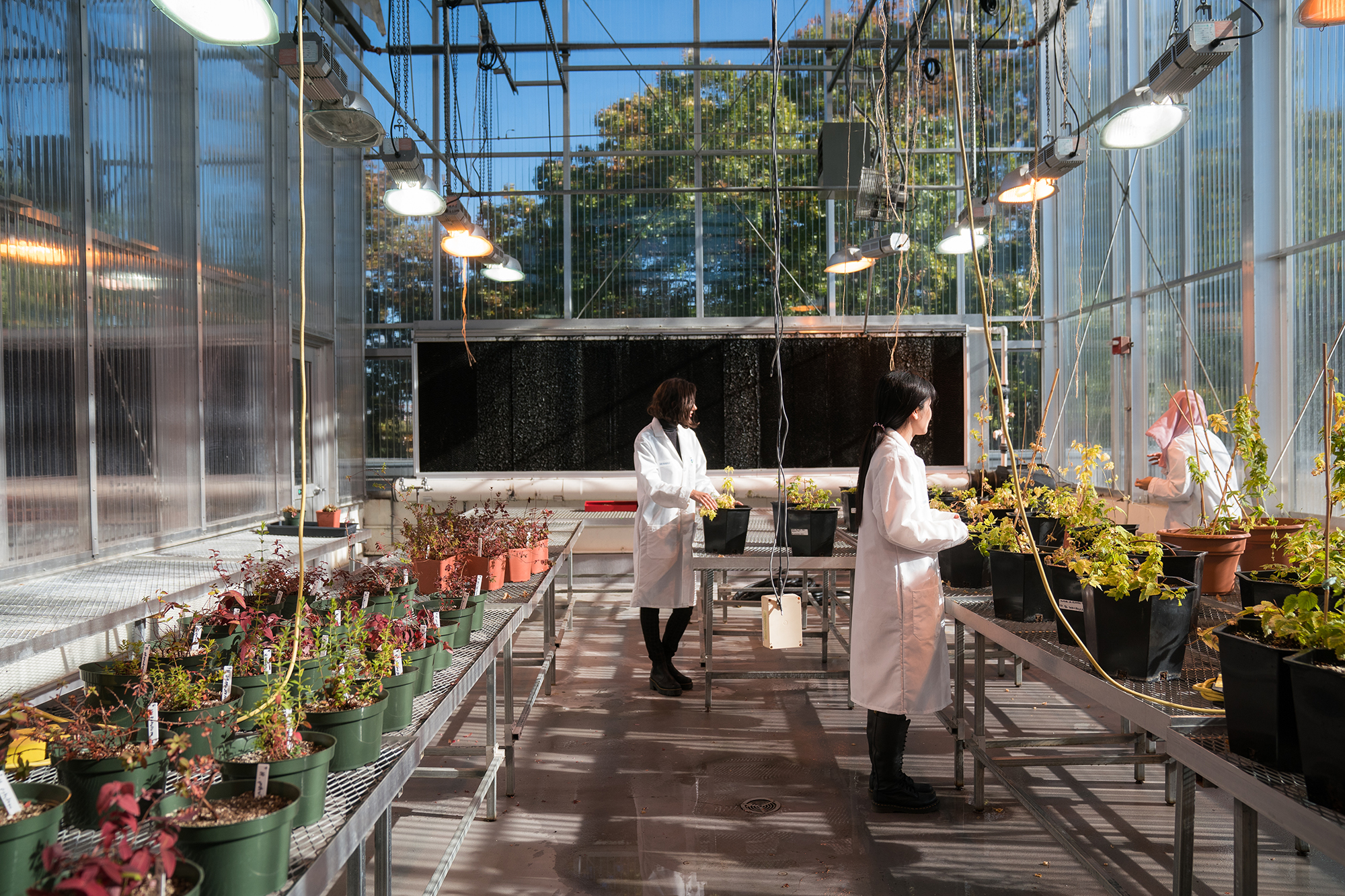- Sustainability
- Energy
- Water & Stormwater Management
- Transportation
- Nutrition and Sustainability
- Education and Outreach
- Green Procurement
- Recycling & Composing
- Recycling and Composting and Sustainability
- Recycling Printer Cartridges
- Used Cooking Oil Recycling
- Electronics: Reuse, Recycling, and e-Waste
- Gardening Waste Composting at Lehman College
- NYC Compost Project Food Scrap Drop Off Site
- Recycling and Composting at Lehman College
- Food Composting at Lehman College
- Join the Lehman College Campus Sustainability
- CUNY Alert
- Sustainability
- Energy
- Water & Stormwater Management
- Transportation
- Nutrition and Sustainability
- Education and Outreach
- Green Procurement
- Recycling & Composing
- Recycling and Composting and Sustainability
- Recycling Printer Cartridges
- Used Cooking Oil Recycling
- Electronics: Reuse, Recycling, and e-Waste
- Gardening Waste Composting at Lehman College
- NYC Compost Project Food Scrap Drop Off Site
- Recycling and Composting at Lehman College
- Food Composting at Lehman College
- Join the Lehman College Campus Sustainability
Green Procurement Environmentally Preferable Purchasing
Hidden environmental impact of manufactured goods. Think about the various stages manufactured goods must go through before they come to the end users as finished products. Raw materials must be harvested, transported, and processed into components, using equipment and processes that consume energy and have impact on the environment themselves. Chemical components are synthesized using industrial-scale processes. Components are then assembled into finished products, sometimes after having been transported to assembly plants, then wrapped in packaging and transported either directly to the end user or to a distribution center to be purchased by the end user. Maintenance and operation may require the continual input of energy and chemicals. Certain classes of manufactured goods may exhibit toxicity to people and the environment. At the end of the service life, complex disposal issues due to hazardous components become apparent.
Green Procurement at Lehman College. Lehman College uses a paperless, electronic procurement system for each step of the purchasing process; purchases only green cleaning products for Buildings & Grounds activities - which has removed entire classes of hazardous materials from cleaning products used at the College; purchases products made from post-consumer materials wherever possible; uses only recycled-content paper at Lehman’s Copy Center and in many departments, and encourages duplex (double-sided) printing wherever possible; and encourages researchers to purchase the smallest amounts of chemicals needed for their research, which cuts down on disposal costs and decreases chemical hazards on campus. Energy Star electrical appliances, which have significantly lower energy requirements, are purchased wherever possible.
The environmental impact of individual purchasing choices is magnified when purchasing is scaled up to the level of large organizations. The environmental impact of purchasing choices can be profound. Environmentally sustainable purchasing (PDF) has long been required of New York State entities, recognizing the role that NYS entities have in increasing positive environmental impact. Existing policies require NYS agencies to:
- Conserve, improve and protect natural resources and the environment;
- Prevent water, air and land pollution;
- Enhance the health, safety and welfare of NYS residents and their overall economic and social well-being;
- Promote cost effective methods to reduce energy and resource consumption;
- Reduce greenhouse gas emissions;
- Reduce or eliminate the use of hazardous substances and the generation of hazardous substances, pollution and waste at the source; and
- Reduce generation of solid waste, reuse materials, and recycle materials that cannot be reused.
Every step in processes that produce and transport a product to an end user, throughout the product’s useful life to its ultimate disposal, impacts the environment. Approximately 42 (!) percent of U.S. greenhouse gas emissions are associated with the energy used to produce, process, transport, and dispose of the food we eat and the goods we use.
Wherever applicable/possible, Lehman College makes purchasing choices in compliance with guidelines from the New York State Office of General Services (NYS OGS). Purchasing activity of large-quantity goods (e.g. paper) is reported annually in the NYS GreenNY Report.
Links
- United States Environmental Protection Agency (US EPA) Climate Change and Waste
New York State Contracts
- Energy Efficient Products/Renewable Power Sources/Alternative Fueled Vehicle
- Green Cleaning Products, Programs, Equipment and Supply
- NYS DEC Close the Recycling loop and buy recycled
- EPA Comprehensive Procurement Guidelines for Paper and Paper Products
Where can individuals find guidance on Environmentally Preferable Purchasing? Environmentally Preferable Purchasing guidelines have been developed by EPA and other federal, state, and local government agencies, and are often targeted to government and other municipal entities, large organizations, businesses and other large consumers of manufactured goods (and services). However, these guidelines can also instruct individuals on factors to consider when choosing more environmentally-friendly manufactured products. To give just a few examples, please also visit the Environmental Paper Network and Conservatree, which have a wealth of information about paper manufacture, its history, and its profound impact on the environment. The Electronic Purchasing Environmental Assessment Tool (EPEAT) provides environmental assessments of many specific computers and components, something which should be considered as they contain many hazardous materials.
References
Assessing the Environmental Impacts of Consumption and Production: Priority Products and Materials. United Nations Environment Programme, 2010. Accessed here.
Green Procurement Links
- EPA Environmentally Preferable Purchasing
- EPA and Department of Energy (DOE) Energy Star Program
- The Story of Stuff Project
- StopWaste Green Purchasing







